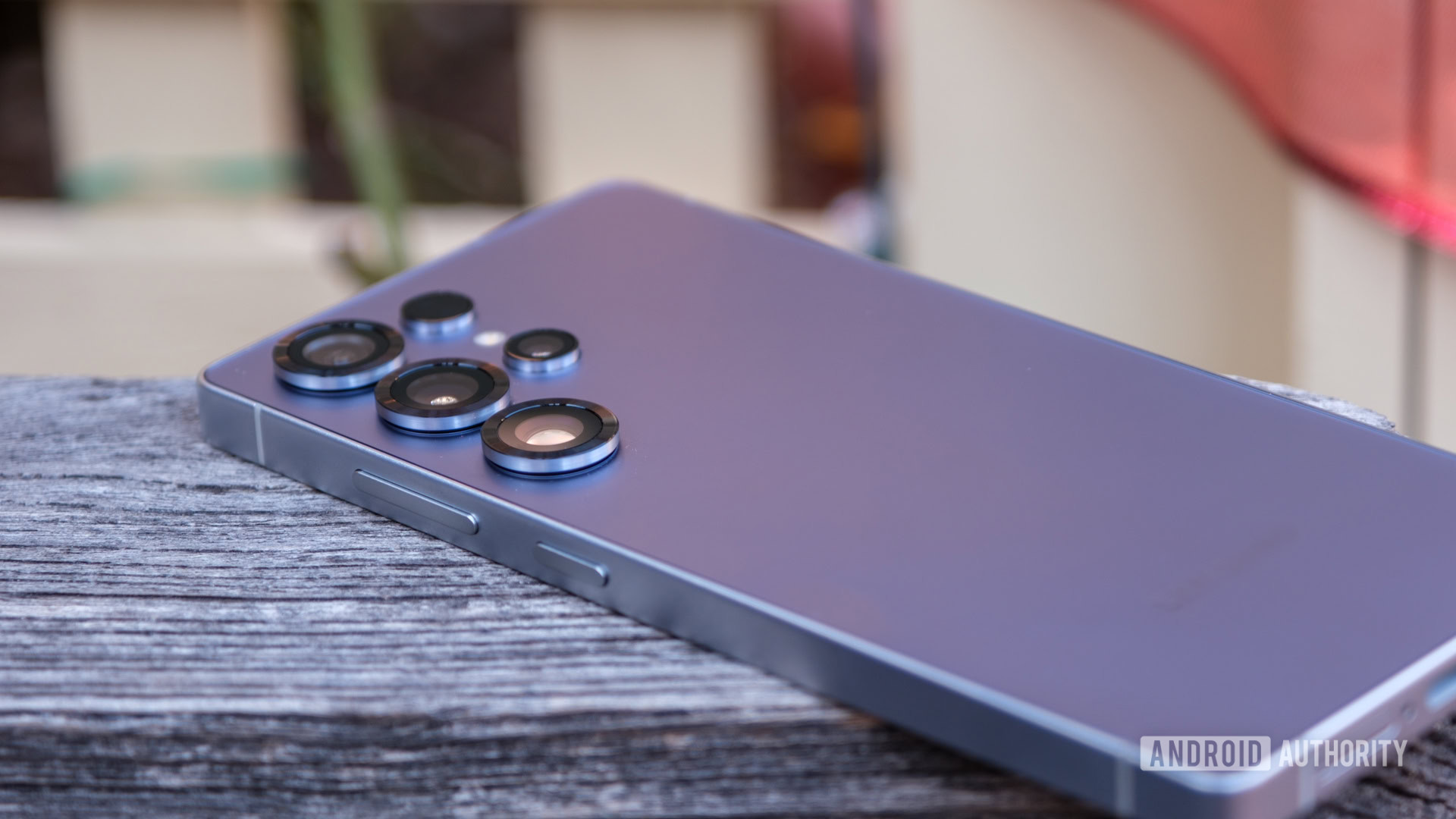Android phones
Android phones from Samsung, Google, Motorola, OnePlus, and more. All the news, commentary, and hands-on reviews you could want.
Best products
Features
Guides
Reviews
All the latest
Android phones news
The Pixel 10 Pro Fold was a flop, and 2026 is Google's last chance to fix it
Joe Maring10 hours ago
0
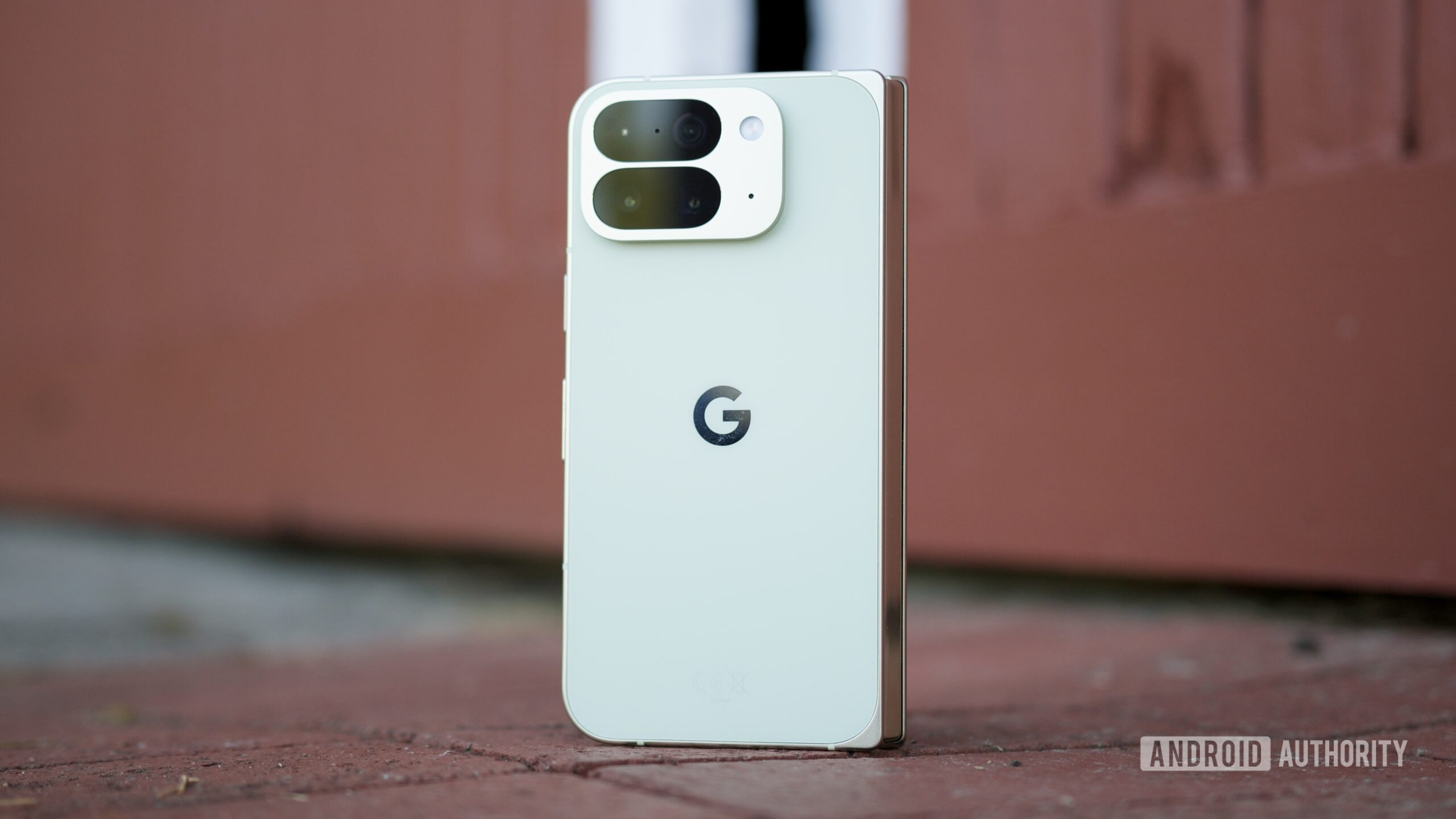
Got a new phone? Here's how to switch phones like a pro
Ankit BanerjeeDecember 23, 2025
0
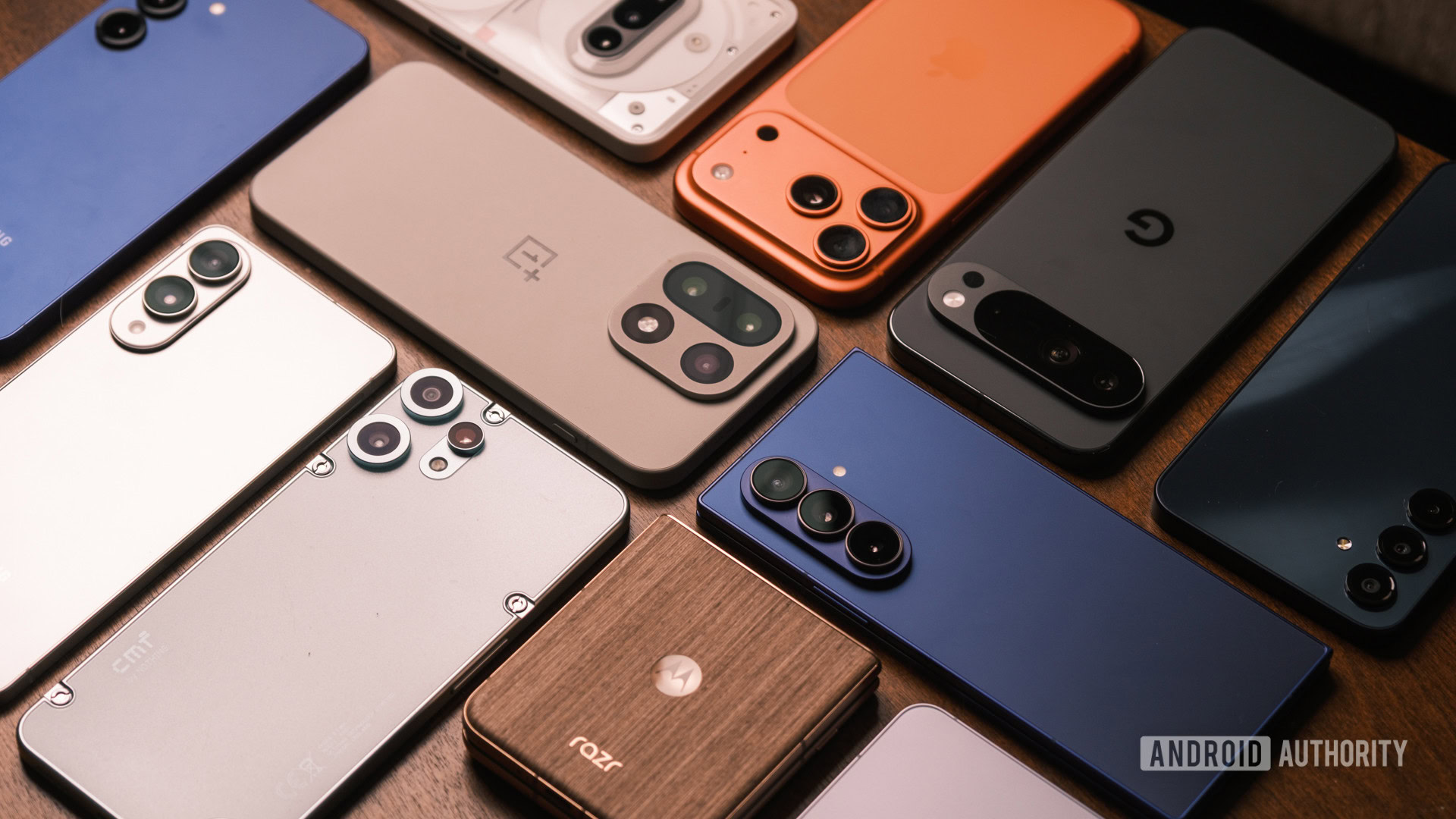
OnePlus was winning 2025. Then everything fell apart
Joe MaringDecember 23, 2025
0
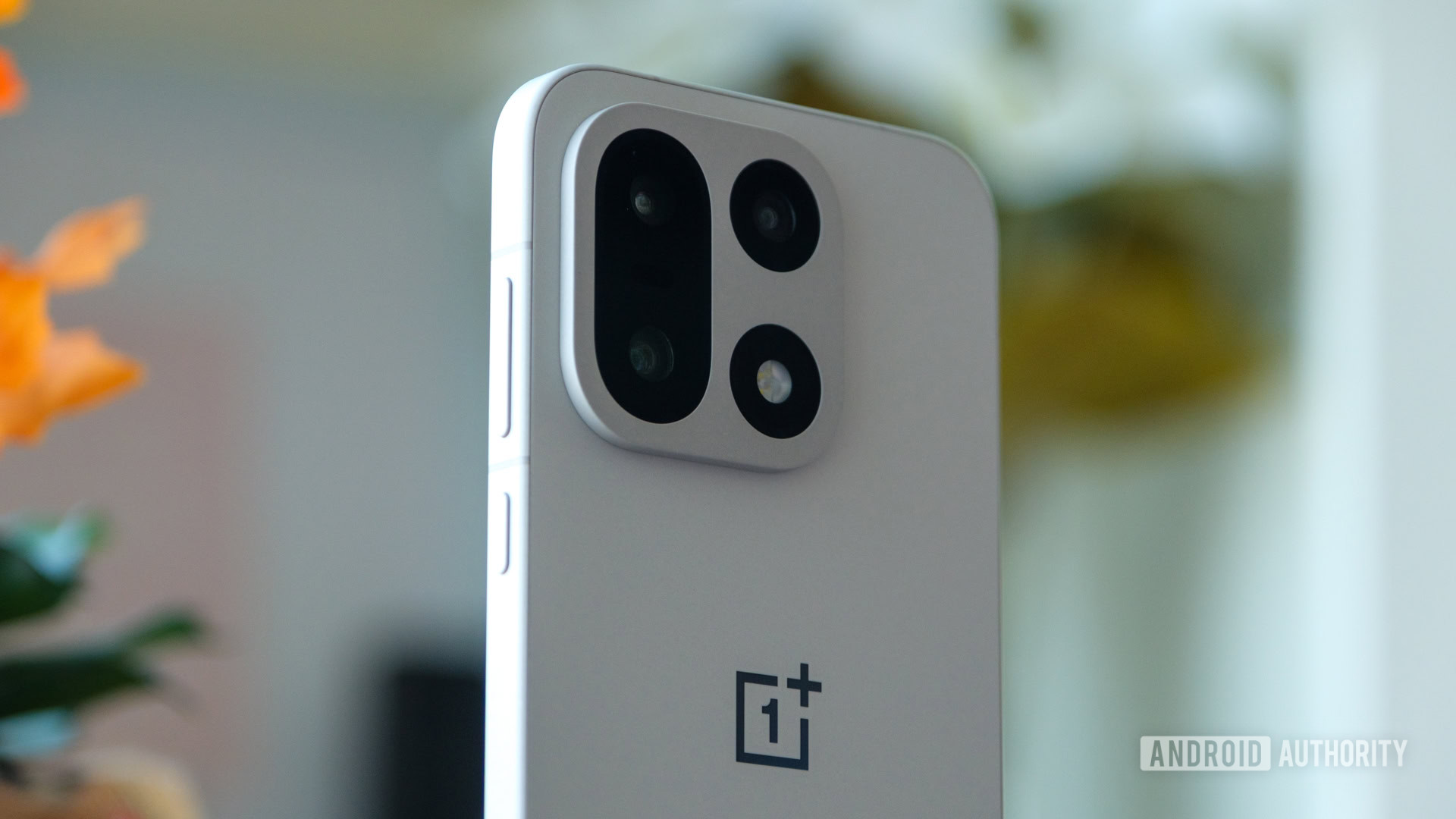
Did you know: This is the company behind the largest smartphone factory in the world
Mitja RutnikDecember 23, 2025
0

Pixels and iPhones have plenty in common, and a lot of you don't know about it
Tushar MehtaDecember 23, 2025
0
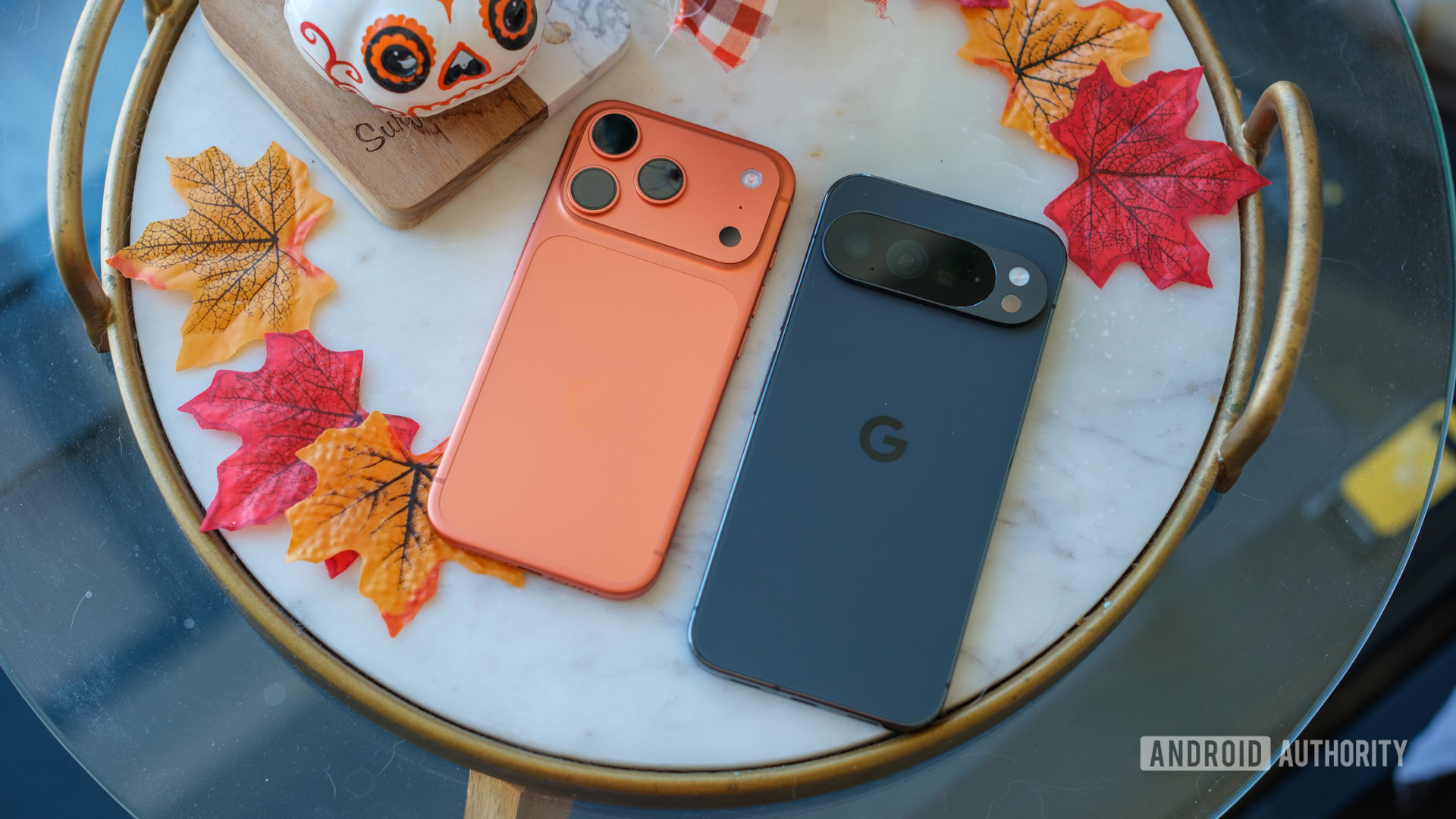
I tested the Pixel 10 Pro XL’s driver upgrade — here are the real winners and losers
Robert TriggsDecember 22, 2025
0
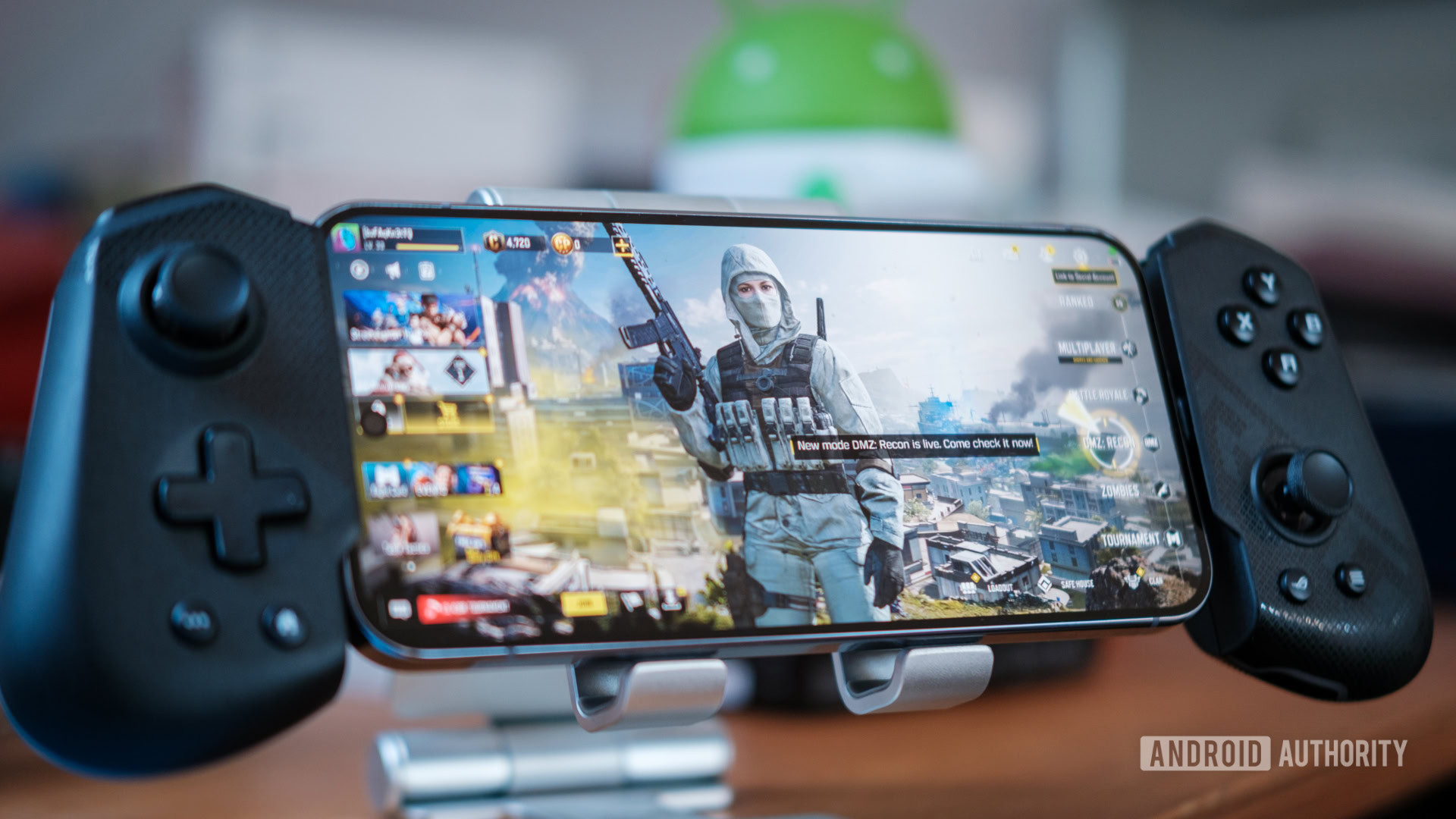
Don't buy a new Motorola phone, get these 5 older Moto phones instead
Joe MaringDecember 22, 2025
0
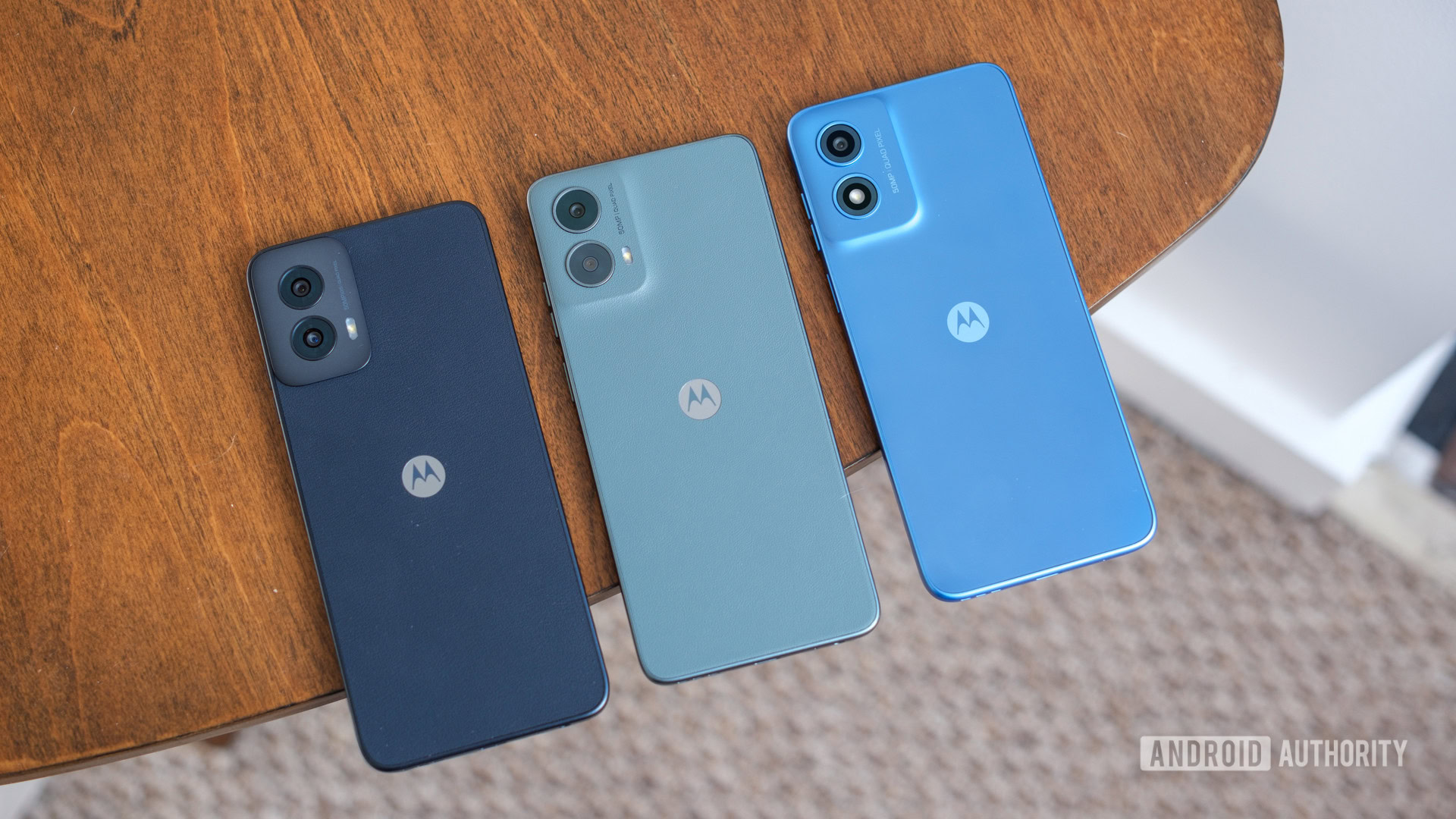
The iPhone 16e proves that Apple will never beat Android at budget phones
Ryan HainesDecember 21, 2025
0
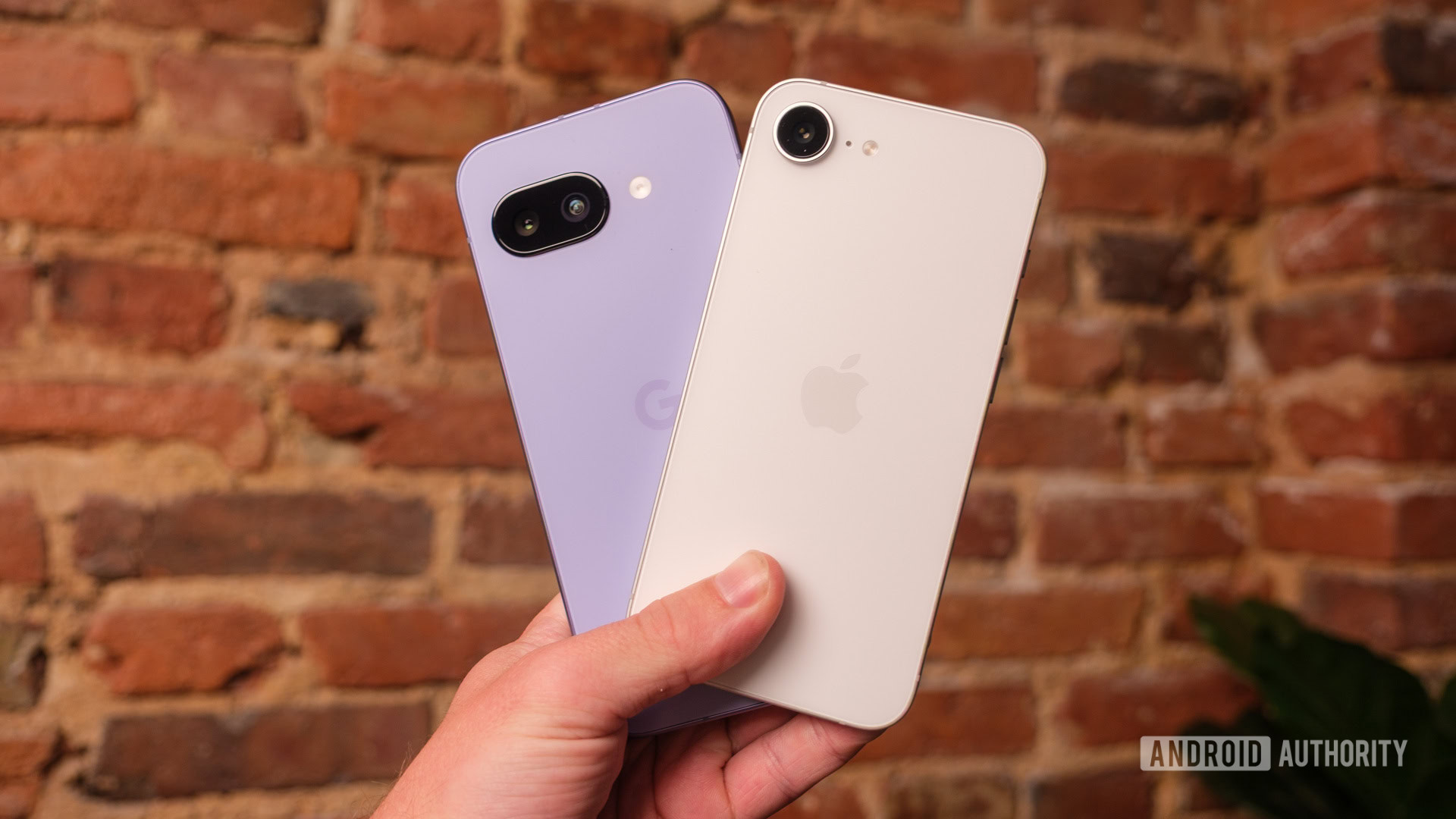
I love the OnePlus 15, but here are 5 reasons I'd recommend the OnePlus 15R instead
Tushar MehtaDecember 21, 2025
0
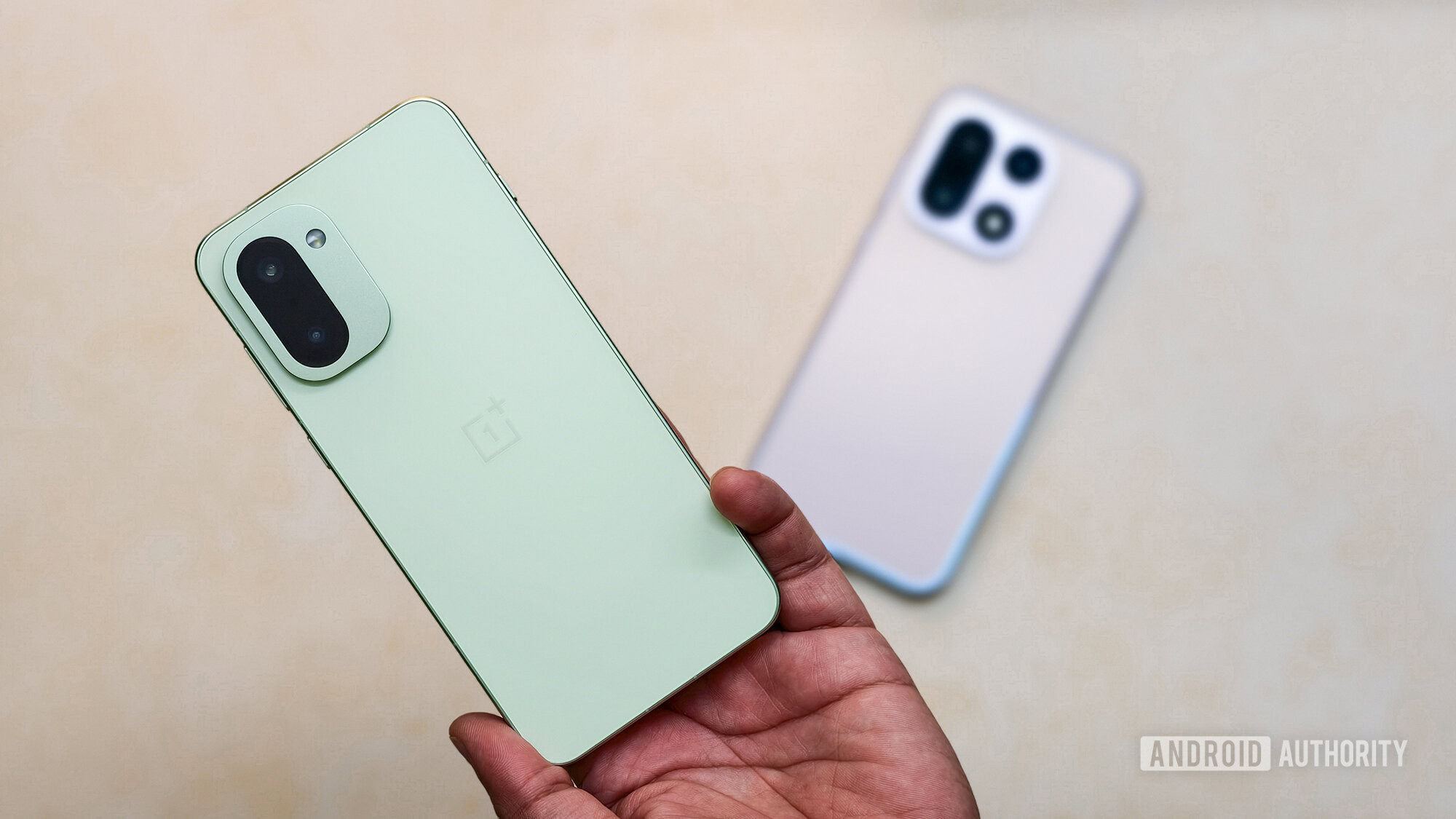
The OnePlus 13 is the Android Authority Editor's Choice winner for best phone of 2025
Oliver CraggDecember 20, 2025
0
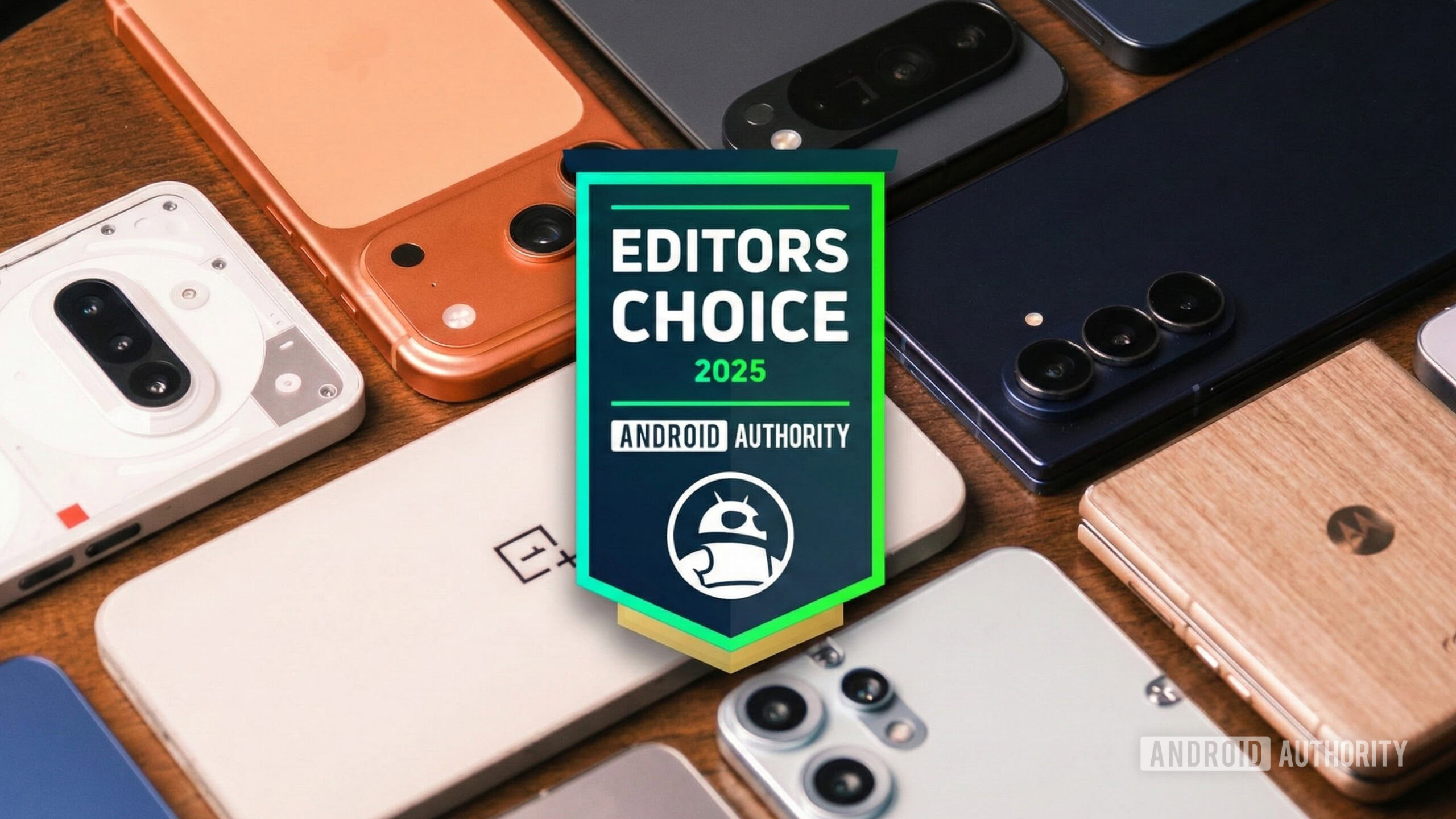
New photos show upcoming OnePlus Turbo in the flesh
Taylor Kerns3 hours ago
0
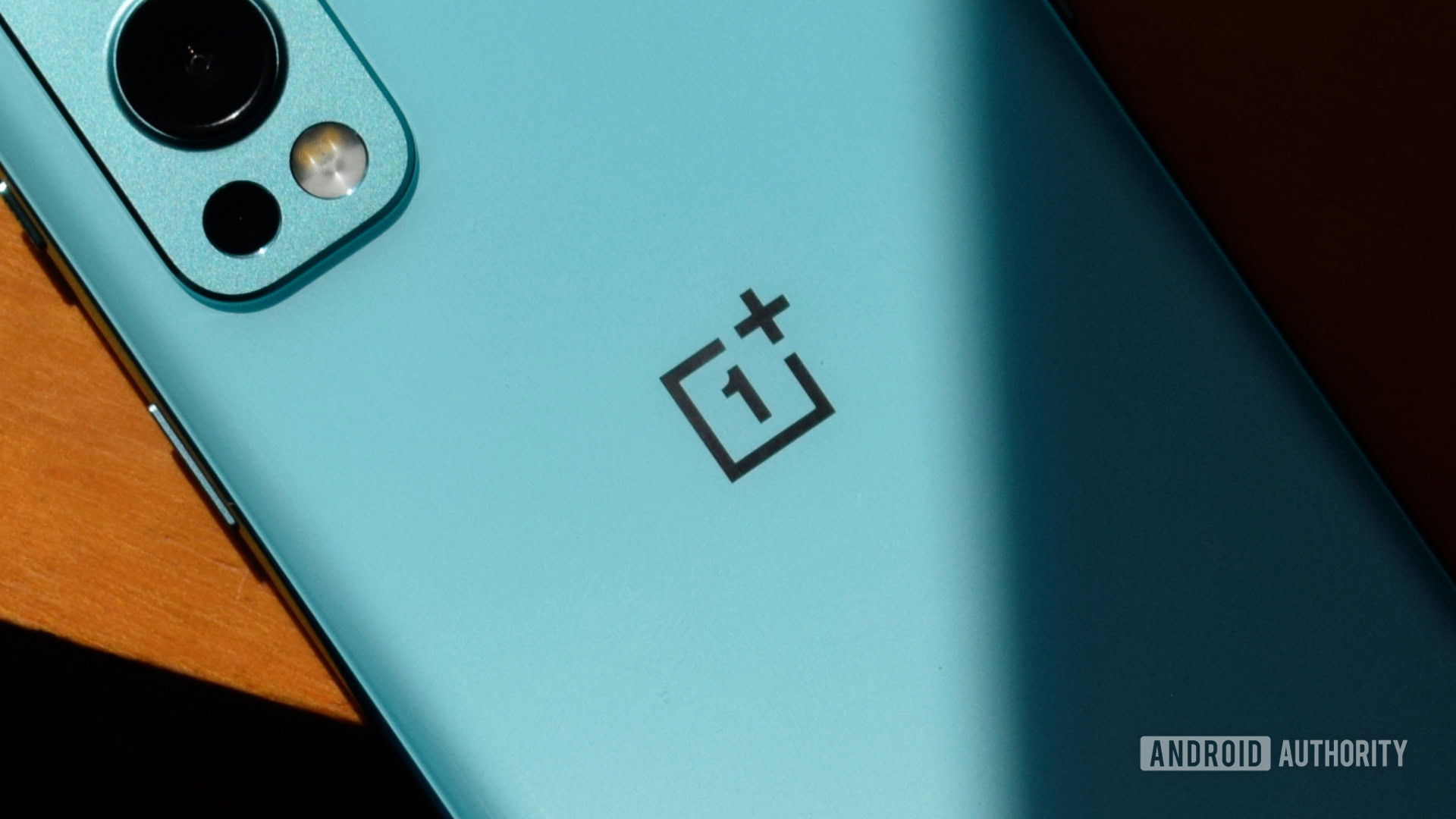
Those smartphone price hikes we've feared look like they're about to start
Taylor Kerns5 hours ago
0
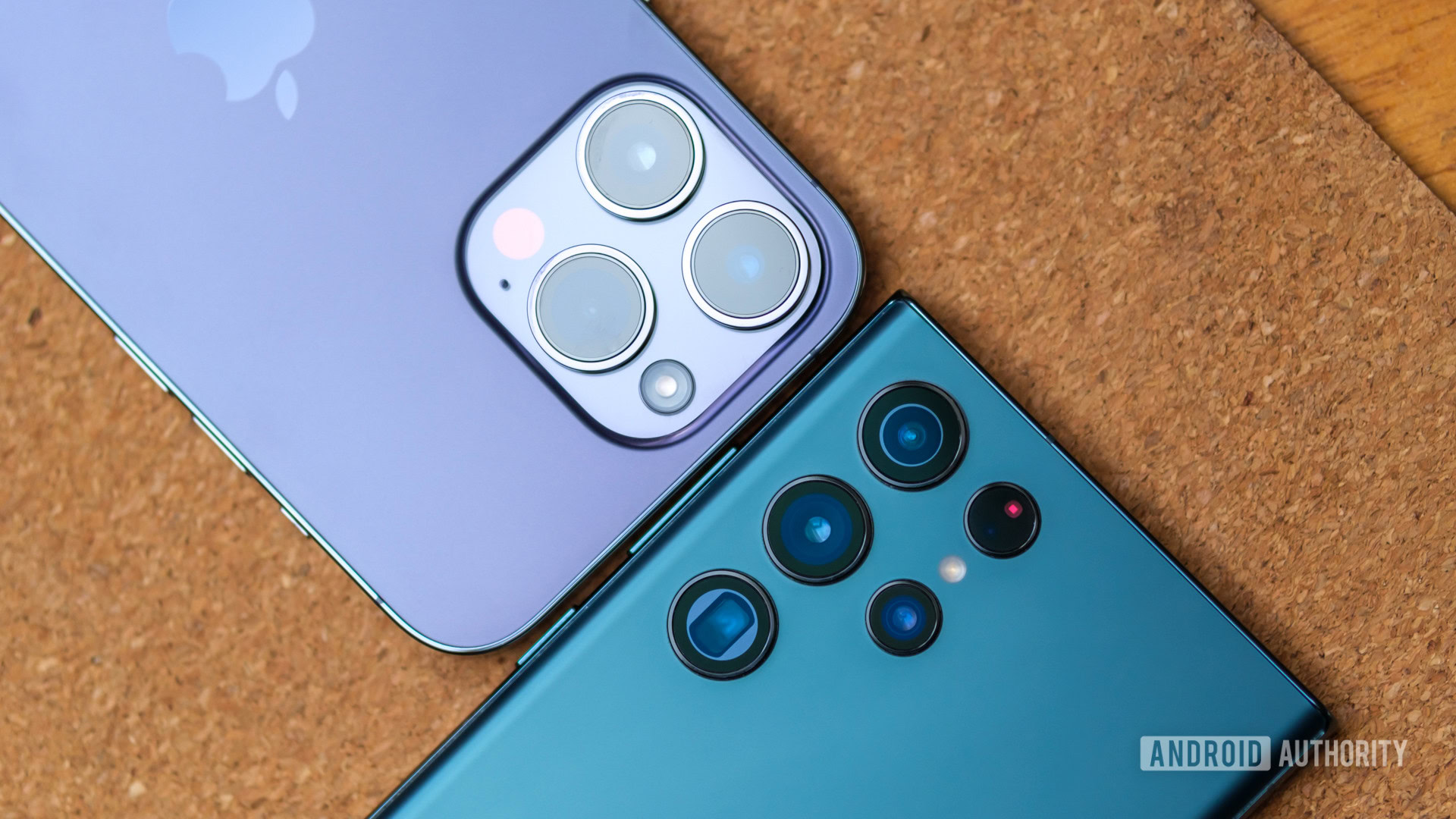
Samsung Wide Fold vs iPhone Fold: New renders show the battle for the perfect aspect ratio
Aamir Siddiqui9 hours ago
0
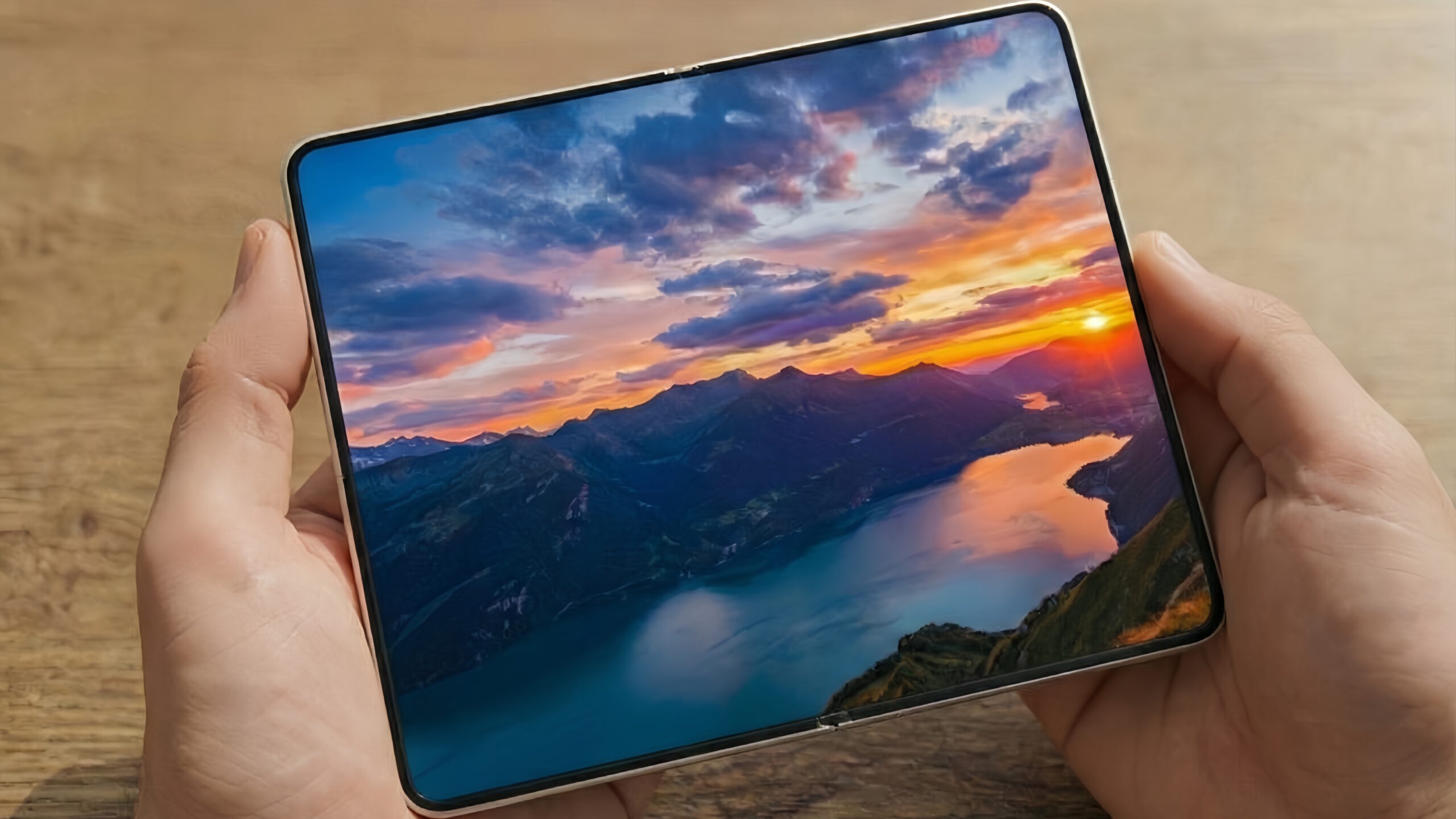
S Pen support could return to Galaxy Fold, but not on the phone you want it to
Tushar Mehta10 hours ago
0
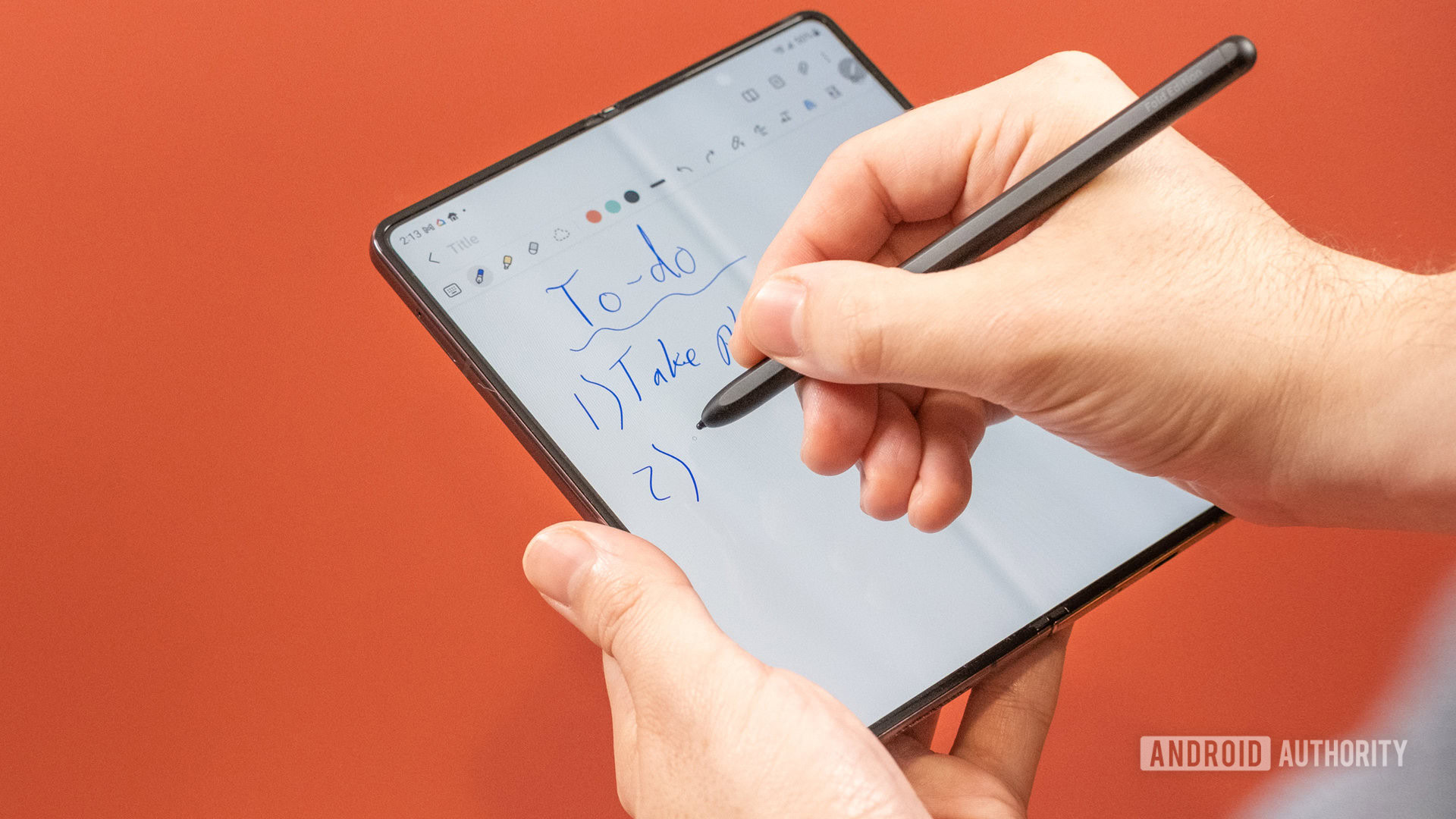
Yes, that is a real rotary zoom ring on this Leica Edition Ultra phone
Aamir Siddiqui12 hours ago
0

That's not fair: Fairphone 4 owners report new update bricks their phone
Hadlee Simons12 hours ago
0
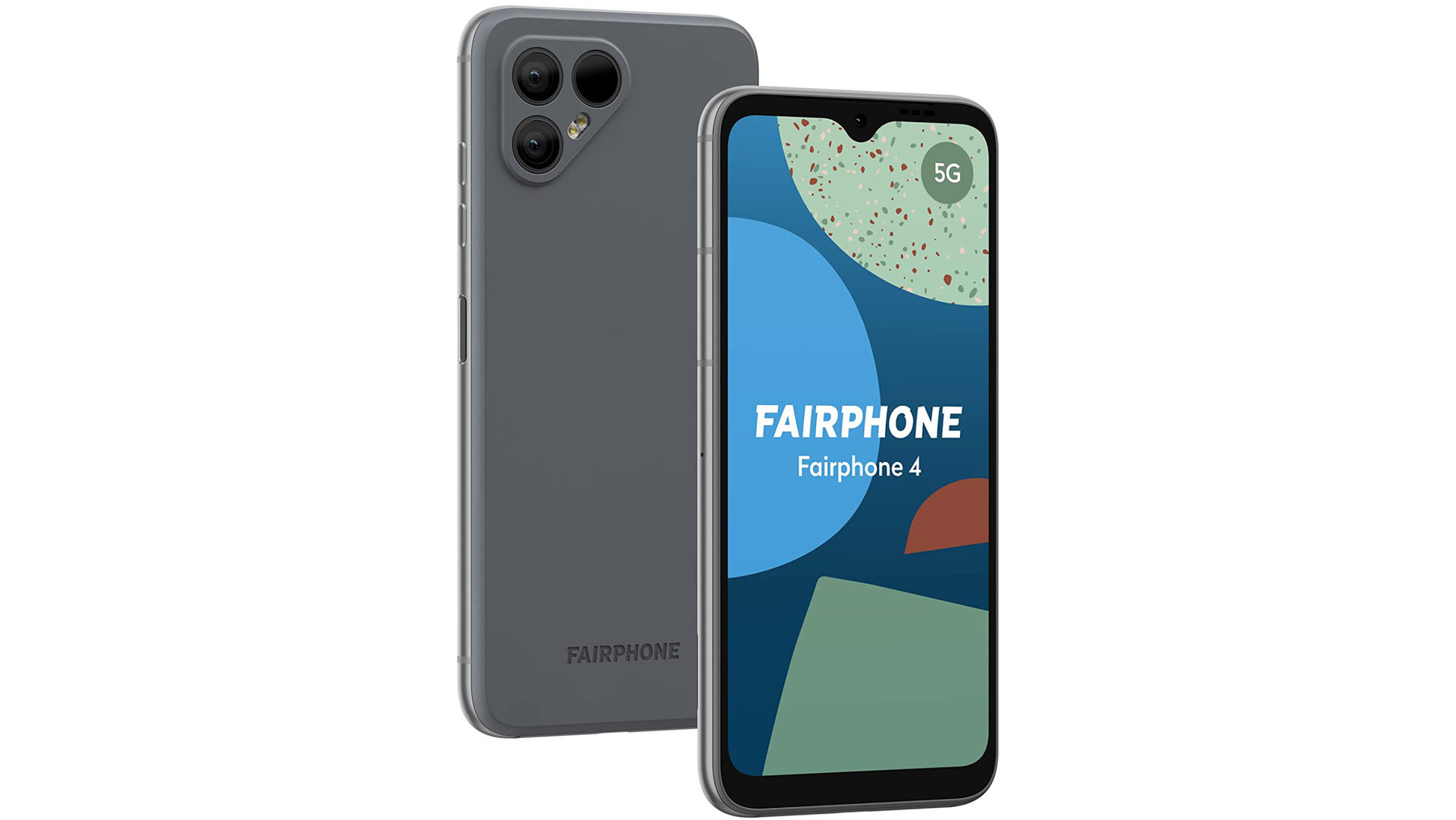
How many folds does it take to break the Galaxy Z TriFold? These YouTubers are keeping count
Tushar Mehta12 hours ago
0
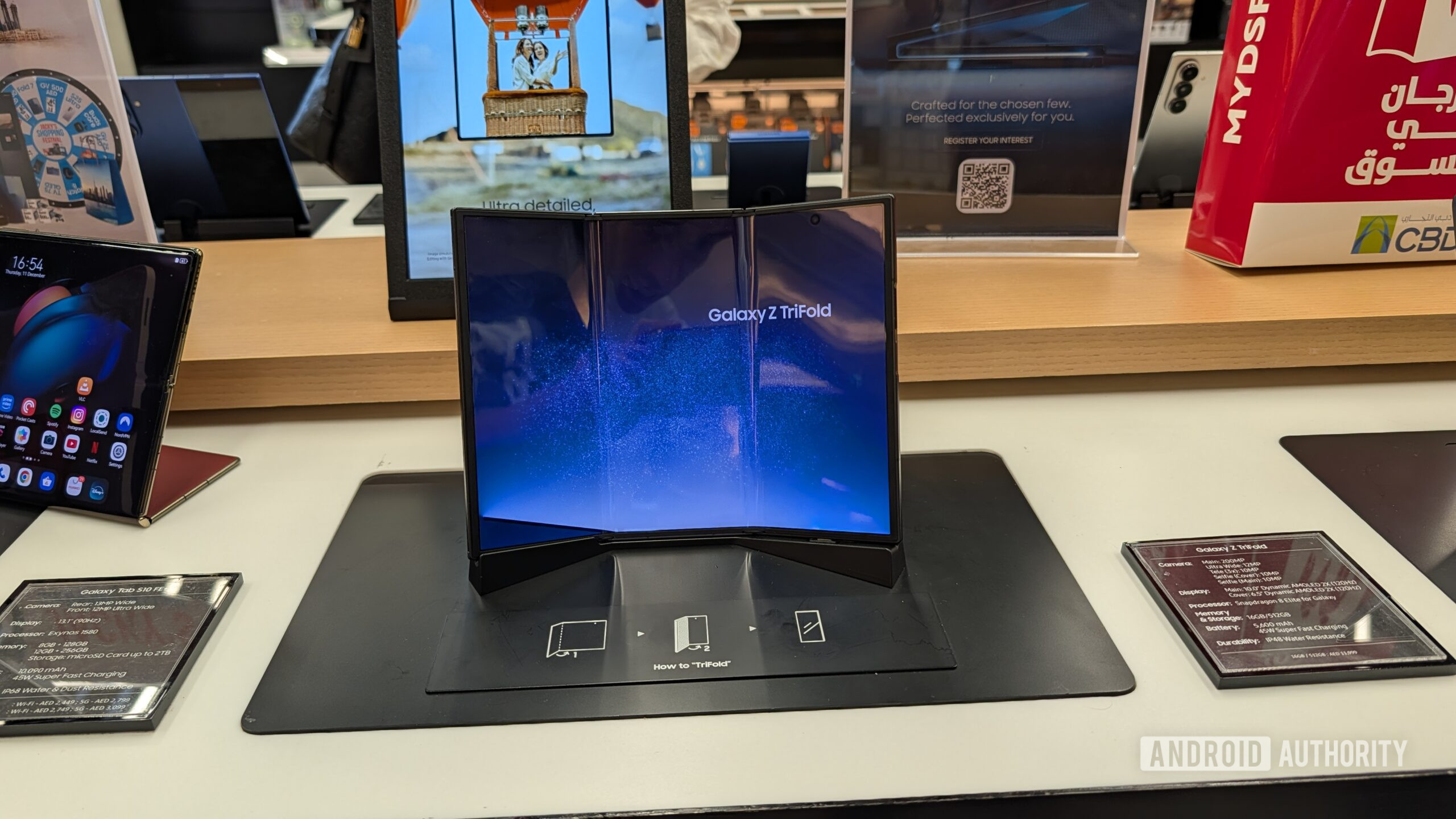
PSA: You can still score a Google Pixel 10 Pro Fold at jut $1,399
Edgar Cervantes23 hours ago
0

This weird Pixel bug could ruin your holiday vacation photos
Taylor KernsDecember 23, 2025
0
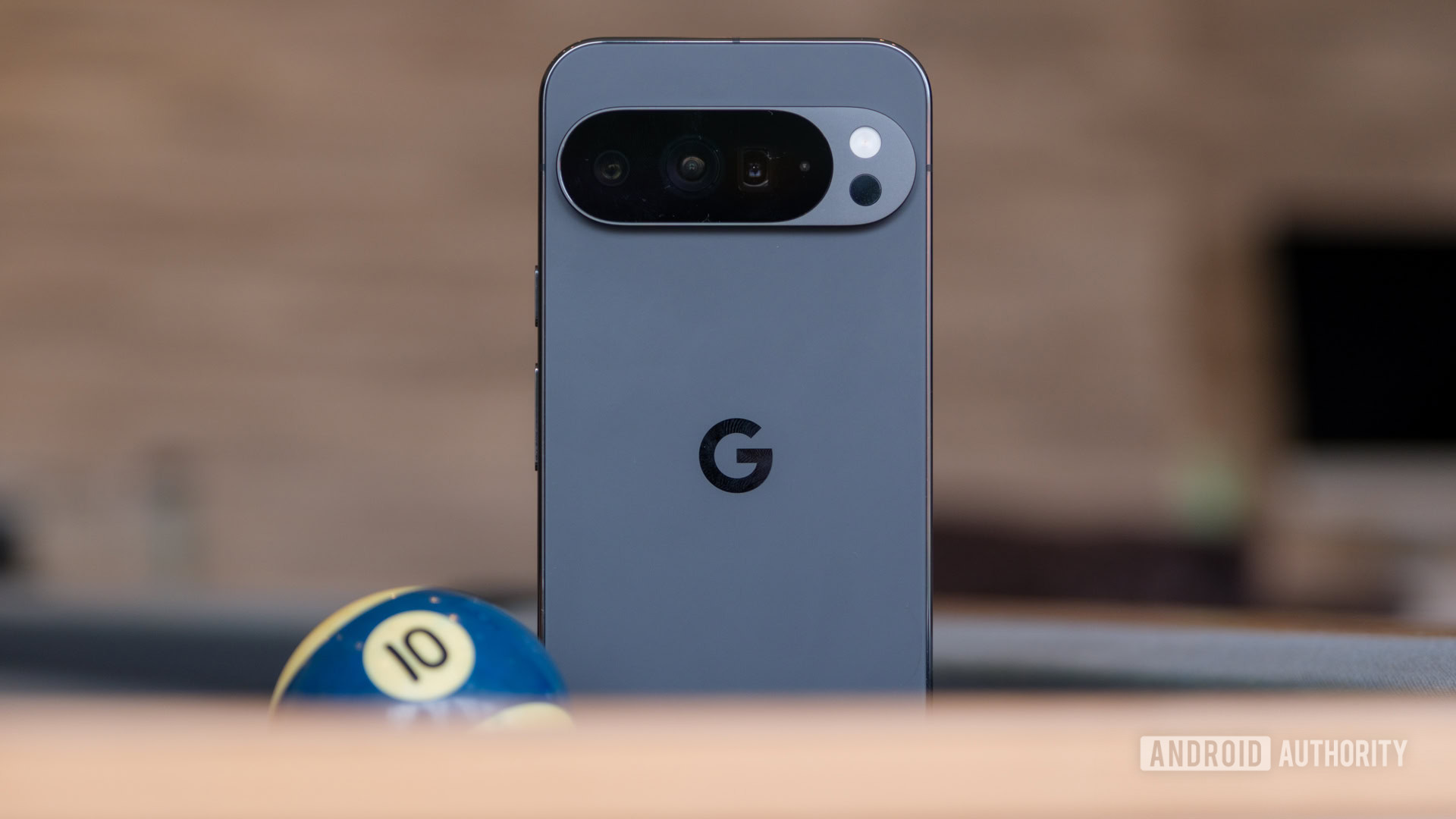
These rumored Galaxy S26 camera upgrades are looking increasingly likely
Stephen SchenckDecember 23, 2025
0
